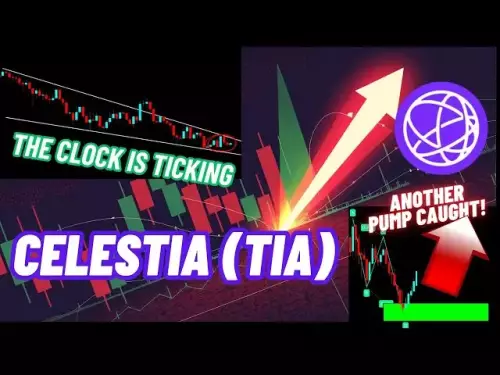-
 Bitcoin
Bitcoin $107300
-1.32% -
 Ethereum
Ethereum $4380
-1.98% -
 Tether USDt
Tether USDt $1.000
0.00% -
 XRP
XRP $2.727
-4.20% -
 BNB
BNB $850.6
-1.11% -
 Solana
Solana $197.2
-3.38% -
 USDC
USDC $0.9998
-0.01% -
 TRON
TRON $0.3374
-1.15% -
 Dogecoin
Dogecoin $0.2092
-4.52% -
 Cardano
Cardano $0.8020
-3.81% -
 Chainlink
Chainlink $22.91
-4.02% -
 Hyperliquid
Hyperliquid $44.07
-1.48% -
 Ethena USDe
Ethena USDe $1.001
0.02% -
 Sui
Sui $3.156
-5.18% -
 Stellar
Stellar $0.3471
-4.28% -
 Bitcoin Cash
Bitcoin Cash $531.1
-3.27% -
 Avalanche
Avalanche $23.00
-3.78% -
 Cronos
Cronos $0.2746
-5.59% -
 Hedera
Hedera $0.2139
-5.65% -
 UNUS SED LEO
UNUS SED LEO $9.621
0.49% -
 Litecoin
Litecoin $107.6
-3.31% -
 Toncoin
Toncoin $3.105
-1.06% -
 Shiba Inu
Shiba Inu $0.00001196
-3.99% -
 Polkadot
Polkadot $3.665
-4.49% -
 Uniswap
Uniswap $9.367
-5.19% -
 Dai
Dai $0.9999
-0.01% -
 Bitget Token
Bitget Token $4.521
-0.91% -
 Monero
Monero $266.2
2.25% -
 Aave
Aave $309.4
-4.42% -
 Ethena
Ethena $0.6316
-7.02%
How does Gemini compare to Coinbase?
Gemini and Coinbase both prioritize security and compliance, with Gemini regulated under a NY Trust Charter and insured cold storage, while Coinbase, as a public company, offers greater transparency and resilience, appealing to different user needs.
Aug 31, 2025 at 04:01 am
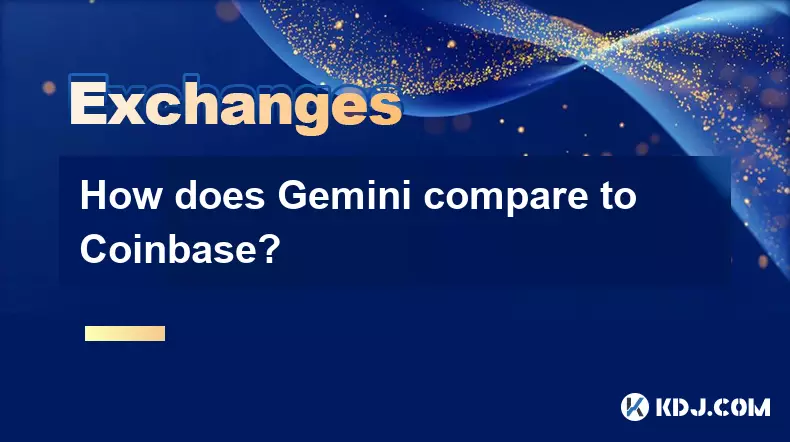
Gemini vs Coinbase: Platform Security and Regulatory Compliance
1. Gemini operates under a New York Trust Charter, which subjects it to strict regulatory oversight from the New York Department of Financial Services. This licensing provides a high level of transparency and requires regular audits. The exchange maintains insurance coverage for digital assets held in cold storage, reinforcing user confidence in asset protection.
2. Coinbase also holds a BitLicense and complies with U.S. financial regulations, including anti-money laundering (AML) and know-your-customer (KYC) protocols. It goes further by being a publicly traded company, which mandates extensive financial disclosures and governance standards.
3. Both platforms use multi-signature wallets and offline storage for the majority of user funds. However, Gemini emphasizes its proactive security audits and penetration testing, conducted by third-party firms on a recurring basis.
4. Coinbase has demonstrated its security resilience by never suffering a major breach on its custodial wallets. It also offers a standalone cold storage solution, Coinbase Wallet, giving users full control over private keys.
5. Gemini’s active participation in industry security frameworks, such as the Formation of the Crypto Council for Innovation, underscores its commitment to shaping best practices in digital asset safety.
User Experience and Interface Design
1. Gemini’s interface is streamlined, catering to both novice and experienced traders. The platform offers two distinct products: Gemini Exchange for advanced trading and Gemini Earn for passive income through staking and interest accounts.
2. Coinbase features a more consumer-friendly design, especially for beginners. Its mobile app includes educational rewards through Coinbase Earn, where users learn about cryptocurrencies by completing short tasks and earn tokens in return.
3. Order execution on Gemini Exchange supports limit, market, and stop orders, appealing to active traders. The platform also integrates API access for algorithmic trading strategies.
4. Coinbase Advanced Trade offers a pro-level trading interface with lower fees compared to the standard brokerage model, bridging the gap between simplicity and advanced functionality.
5. Navigation across both platforms is intuitive, but Coinbase edges ahead in onboarding due to its gamified learning modules and broader language support across global markets.
Fees and Trading Costs Structure
1. Gemini uses a maker-taker fee model on its exchange, with fees ranging from 0.10% to 0.50% depending on trading volume. High-volume traders can qualify for rebates as low as -0.05%.
2. Coinbase applies a spread markup in addition to transaction fees on its standard buy/sell interface, which can make trades more expensive than expected. The spread alone can add 0.5% to 2% to the total cost.
3. On Coinbase Advanced Trade, the fee structure mirrors a traditional exchange with maker fees starting at 0.40% and taker fees at 0.60%, dropping with increased volume.
4. Gemini does not charge fees for bank transfers via ACH, while Coinbase imposes fees for instant card purchases but offers free ACH deposits.
5. Both platforms have withdrawal fees that vary by cryptocurrency. Gemini generally maintains lower network fees for withdrawals, particularly for Ethereum and Bitcoin transactions.
Available Cryptocurrencies and Financial Products
1. Gemini supports over 100 cryptocurrencies, including major assets like Bitcoin, Ethereum, and Litecoin, as well as select altcoins such as Zcash and The Graph.
2. Coinbase offers a significantly broader selection, listing over 200 tradable assets and consistently adding new tokens based on community demand and compliance checks.
3. Gemini Earn allows users to earn interest on stablecoins and select cryptocurrencies, though rates fluctuate based on market conditions and regulatory adjustments.
4. Coinbase provides staking services for assets like Ethereum, Solana, and Cardano, enabling users to earn rewards directly through the app with minimal setup.
5. Both platforms support recurring buys and portfolio tracking tools, but Coinbase integrates more deeply with decentralized finance through its Web3 wallet and dApp browser.
Frequently Asked Questions
Q: Does Gemini offer staking services like Coinbase?A: Yes, Gemini provides staking for select cryptocurrencies such as Ethereum and Tezos, allowing users to earn rewards. However, its staking options are more limited compared to Coinbase, which supports staking for a wider range of tokens.
Q: Are deposits insured on both Gemini and Coinbase?A: Both platforms insure digital assets held in custody against theft or security breaches. Gemini covers assets in cold storage, while Coinbase maintains a comprehensive insurance policy managed through third-party providers.
Q: Can I use automated trading bots on Gemini and Coinbase?A: Yes, both exchanges offer API access that enables integration with third-party trading bots. Developers can use these APIs to automate trades, manage portfolios, and execute strategies based on market data.
Q: Which platform has better customer support?A: Coinbase provides 24/7 customer support through email and chat, with a more extensive help center. Gemini offers support via email and a detailed FAQ section, but live chat availability is limited compared to Coinbase.
Disclaimer:info@kdj.com
The information provided is not trading advice. kdj.com does not assume any responsibility for any investments made based on the information provided in this article. Cryptocurrencies are highly volatile and it is highly recommended that you invest with caution after thorough research!
If you believe that the content used on this website infringes your copyright, please contact us immediately (info@kdj.com) and we will delete it promptly.
- Memecoins September 2025 Watchlist: What's Hot Now?
- 2025-08-31 23:25:15
- Eric Trump Predicts Bitcoin to $1 Million: Hype or Reality?
- 2025-08-31 23:25:15
- BlockDAG: Redefining Scalability and ROI Potential in 2025
- 2025-08-31 23:05:16
- Ozak AI, Altcoins, and 20x Potential: Navigating the Crypto Landscape
- 2025-09-01 00:05:12
- Bonk Price, Solana Meme Coin, and the Rise of Layer Brett: A New Era?
- 2025-08-31 21:25:12
- ETH Transactions Soar, BTC Whale Shifts Gears: Decoding August's Crypto Charts
- 2025-08-31 21:05:16
Related knowledge
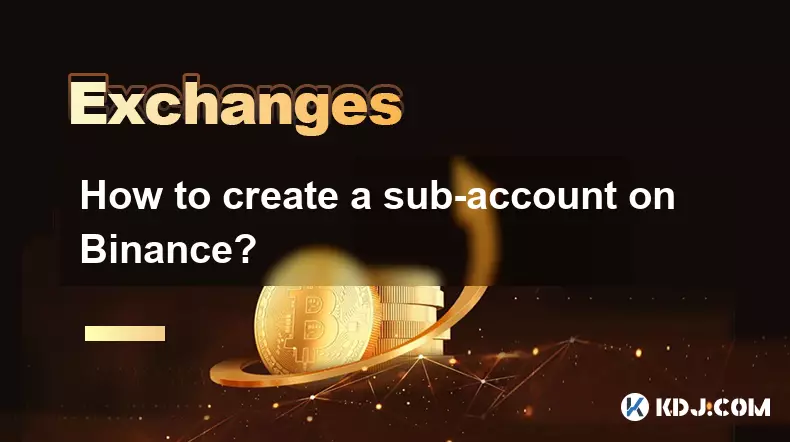
How to create a sub-account on Binance?
Sep 01,2025 at 12:36am
Accessing the Binance Sub-Account Feature1. Log in to your Binance account using your registered email and password. Ensure that two-factor authentica...
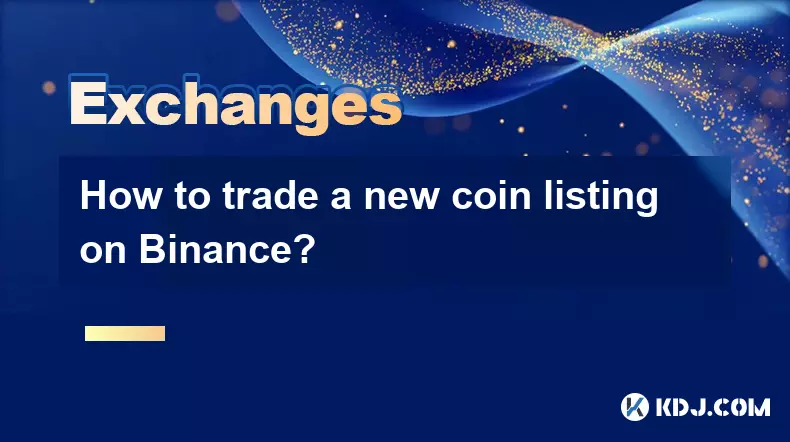
How to trade a new coin listing on Binance?
Aug 29,2025 at 11:14am
Understanding the Pre-Listing Phase1. Research the project thoroughly before any listing announcement. Whitepapers, team backgrounds, and community se...
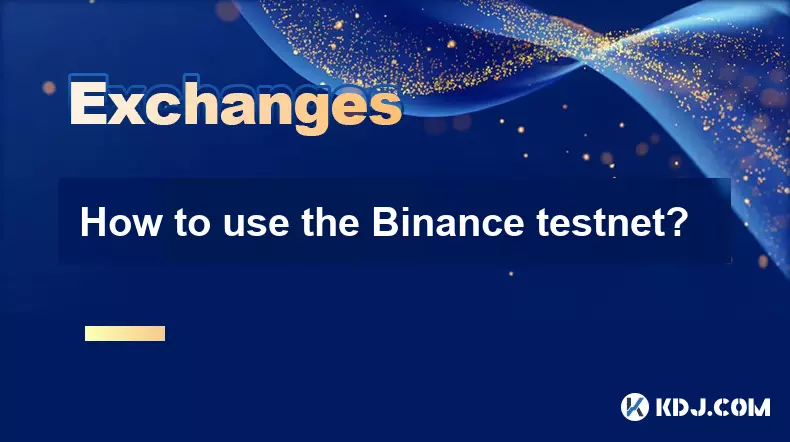
How to use the Binance testnet?
Aug 31,2025 at 02:19am
Understanding the Binance Testnet Environment1. The Binance testnet is a simulated version of the Binance Smart Chain (BSC) that allows developers and...
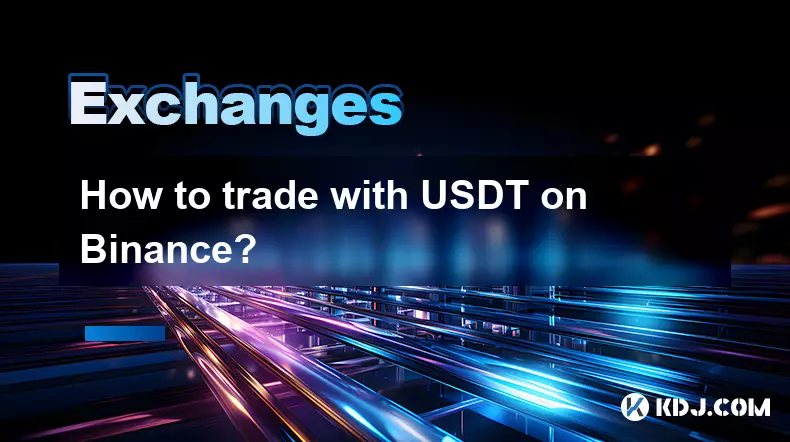
How to trade with USDT on Binance?
Aug 30,2025 at 02:19am
Getting Started with USDT Trading on Binance1. Create and verify your Binance account. Visit the official Binance website and complete the registratio...
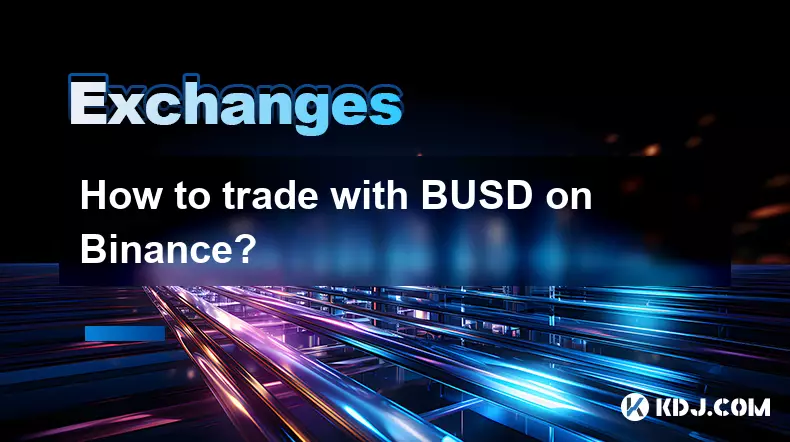
How to trade with BUSD on Binance?
Aug 30,2025 at 07:42am
Understanding BUSD and Its Role in Binance Trading1. BUSD, or Binance USD, is a stablecoin pegged to the value of the U.S. dollar, meaning 1 BUSD is a...
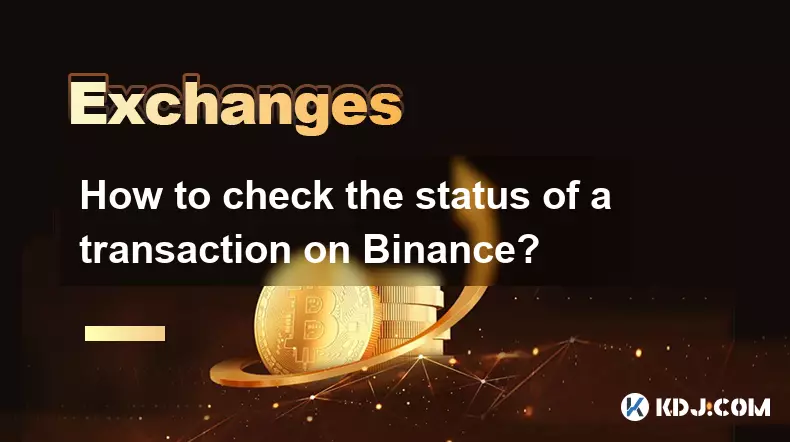
How to check the status of a transaction on Binance?
Sep 01,2025 at 01:18am
Understanding Transaction Status on Binance1. Log in to your Binance account through the official website or mobile application. Navigate to the 'Wall...

How to create a sub-account on Binance?
Sep 01,2025 at 12:36am
Accessing the Binance Sub-Account Feature1. Log in to your Binance account using your registered email and password. Ensure that two-factor authentica...

How to trade a new coin listing on Binance?
Aug 29,2025 at 11:14am
Understanding the Pre-Listing Phase1. Research the project thoroughly before any listing announcement. Whitepapers, team backgrounds, and community se...

How to use the Binance testnet?
Aug 31,2025 at 02:19am
Understanding the Binance Testnet Environment1. The Binance testnet is a simulated version of the Binance Smart Chain (BSC) that allows developers and...

How to trade with USDT on Binance?
Aug 30,2025 at 02:19am
Getting Started with USDT Trading on Binance1. Create and verify your Binance account. Visit the official Binance website and complete the registratio...

How to trade with BUSD on Binance?
Aug 30,2025 at 07:42am
Understanding BUSD and Its Role in Binance Trading1. BUSD, or Binance USD, is a stablecoin pegged to the value of the U.S. dollar, meaning 1 BUSD is a...

How to check the status of a transaction on Binance?
Sep 01,2025 at 01:18am
Understanding Transaction Status on Binance1. Log in to your Binance account through the official website or mobile application. Navigate to the 'Wall...
See all articles

























